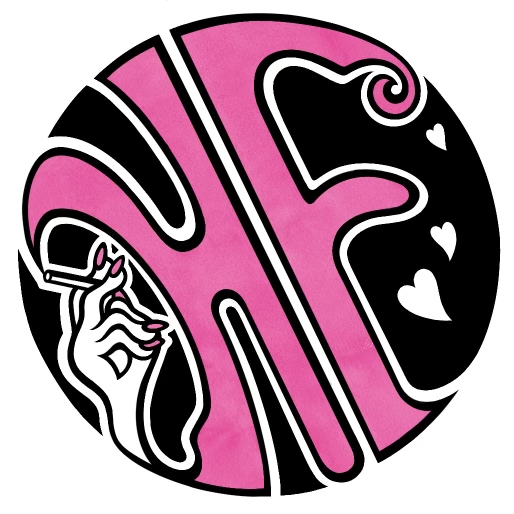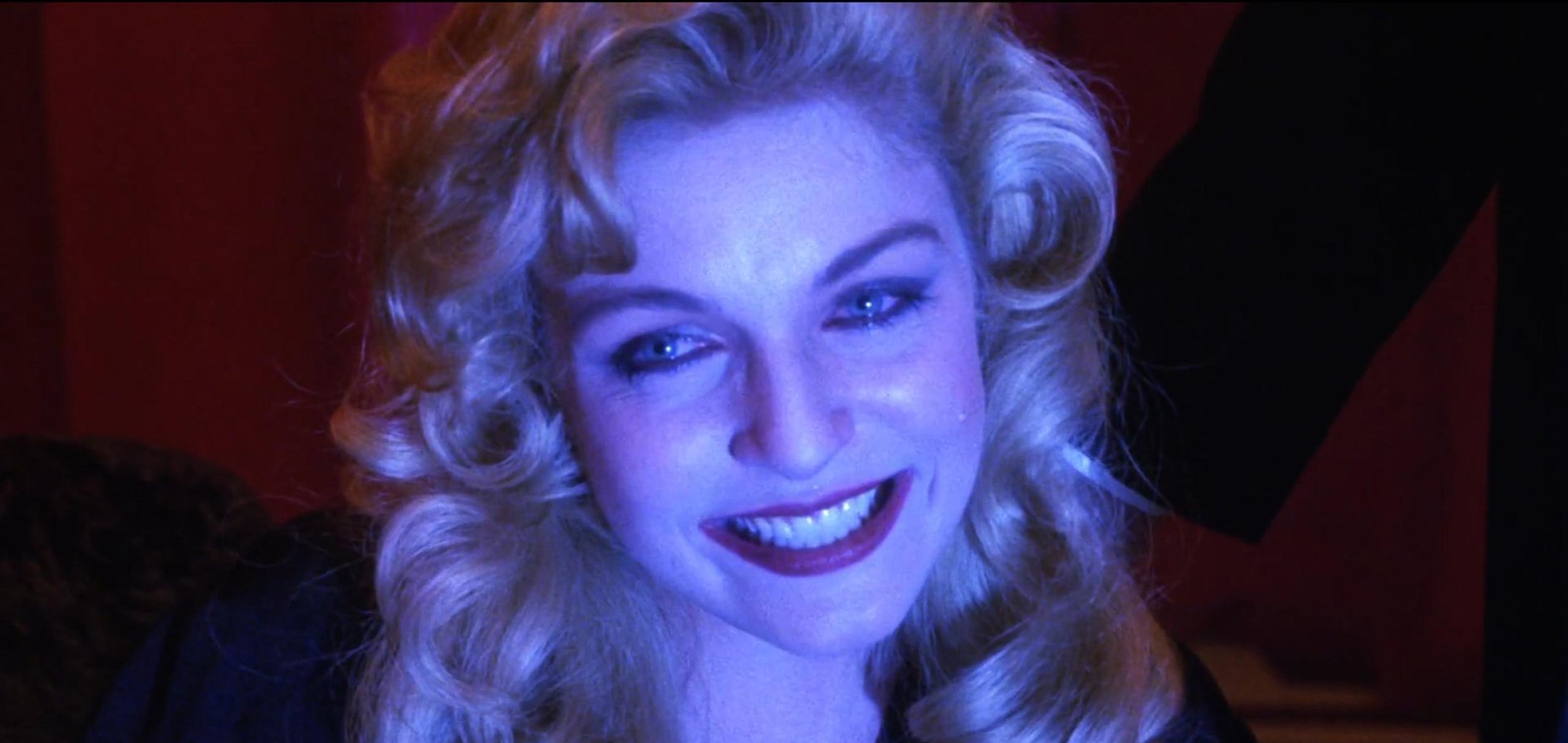In Emilie Blichfeldt’s The Ugly Stepsister, protagonist Elvira (Lea Myren) is ugly. This is less due to any physical unattractiveness, and more to her slack-jawed awkwardness. Her titular problem is made worse through regular comparison to her striking new stepsister, Agnes (Thea Sofia Loch Naess). When news arrives of an upcoming ball hosted by Prince Julian (Isac Calmroth) — an aching poet to the public and crass fuckboy to his inner circle — Elvira embarks on a journey of brutal, forceful beautification to win his attention. Instead, she wins ours.
The Ugly Stepsister is an allegorical tale of modern beauty modification wrapped in an ancient storybook plot wrapped further in 1960s glaze-y, Vaseline-lens-aesthetics. Elivra has her nose broken and wears a Hannibal Lecter-esque muzzle as it heals, adds false lashes via a needle hooked into her waterline, and — because she cannot access our modern supply of injectable GLP-1 semaglutide — swallows a tapeworm egg to mitigate the brunt of her appetite.
Elvira’s decision to ingest the egg is filmed as a steady push in; only her dry lips and her straining throat are visible as we witness the choice that will soon obliterate her insides. The camera closely examines Elvira as she consumes that which will destroy her in order to make her desirable — her only way of grounding herself in the world is to be understood externally. The same day that Elvira swallows the tapeworm, she discovers Agnes in the barn with the stable-boy. Once again, the camera pushes in endlessly. Only this time the image in focus is of Agnes’ exposed genitalia; her ass in the air, her vagina shadowy but exposed in the dark of the barn. When the camera observes Agnes in the same way, it observes a bodily space of Agnes’ that is not only desirable in the eyes of men, but the location of where she, herself, experiences desire. Where Elvira makes decisions based on hazy daydreams of windswept moments with the prince –– even after he cruelly rebuffs at her in the woods — Agnes experiences real, lubricious carnality. She allows herself to pursue gratification in the body she currently has instead of plotting upon hypotheticals.
Elvira’s attempt at forcefully achieving the desired ideal backfires to a grotesque extreme. The Ugly Stepsister’s body horror gags have run the traditional cycle of hype beyond hype during the film’s original festival run (Variety claims that someone threw up in the theater aisle during the film), while various horror Reddit threads now bemoan that all the “good stuff” was presented in the trailer. While I personally felt adequately squirmy as Elvira’s various alterations issued payback in varying forms of bruises, blood, and barf, the most impactful and grounded sense of horror came from Myren’s performance. Her capacity to scream, contort, gag, and choke (particularly when the tapeworm makes good on its foul potential) convincingly sells what theorist Julia Kristeva describes as “the abject”: that breaking down of traditional boundaries between the self and other that fills us with disgust. Elvira’s final showdown with the tapeworm absolutely sits in that abject in-between state.
What’s most interesting and enjoyable to me about The Ugly Stepsister sits beyond the Cinderella-parody and allegorical reflections on Ozempic and rhinoplasties. Neither Agnes nor Elvira end up happily ever after. Nor do they end up distraught. Elvira’s attempts at beauty leave her mutilated, but ultimately forcefully detached, from any attempt to fit conventions of exterior beauty — her little sister Alma (Flo Fagerli) and she laugh as they wheelbarrow-carry Elvira’s wrecked body down the stairs of their estate. This is the first time that Elvira laughs at all with another person in the film, which feels like an optimistic glimmer; Elvira may finally be free from the pressures the external perception of her body placed upon her. Agnes ends up wed to Prince Julian, and by extension a life of supreme comfort, though we know him to be piggish and that her true love is the banished stable boy from her barn.
Elvira’s sister Alma is the only woman who seems somewhat detached from the narratives of beauty and desirability that cripple the women in her family. Part of this is because of her age; as put bluntly by Elvira’s mother, Alma is not eligible as she is not yet menstruating. But when Alma appears at the end to assist Elvira, her long red hair is braided up and covered with a kerchief, and she is dressed in traditionally masculine clothes. Alma’s boyish dress can be read as a pragmatic disguise. But it also reads as Alma’s refusal to play the game that Alma and Agnes are obligated to join with bodily adjustments and gendered performance.
The Ugly Stepsister may take its lead from the twinkling story of Cinderella, but it shines when it discards fairy tale trappings and highlights the matter-of-fact nature of the human body. Regardless of what covers it — what we have spent centuries learning to conceal, adjust, and suppress — the body oozes, expels, and yearns. Even our most beautiful and kind can and may derive joy from fucking amongst the barn animals. The Ugly Stepsister is not a saccharine lesson about beauty coming from within. Instead, it’s a reminder that both culturally and individually, we reach a critical point of constant bodily adjustment where more is taken from us than gained.



